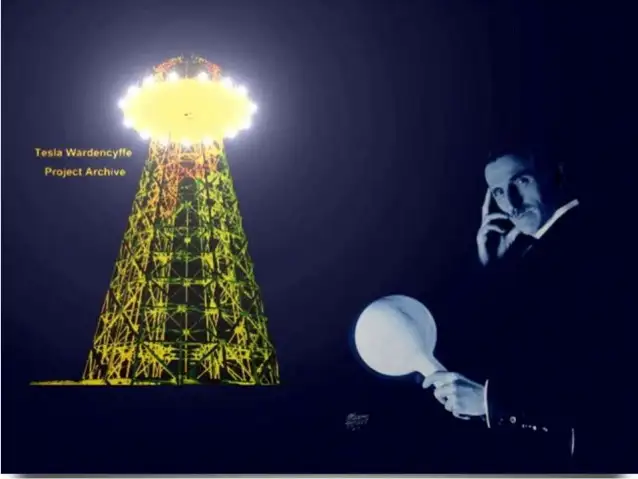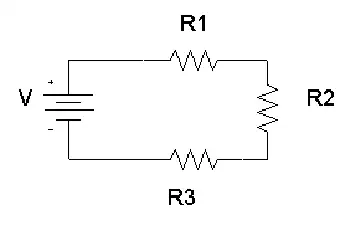Wireless Electricity

Wireless electricity, or wireless power transmission, was first conceptualized by Nikola Tesla, a pioneer in the field of alternating current (AC) electricity. Tesla’s groundbreaking experiments at Colorado Springs in 1899 showcased how power could be transmitted without wires using a magnetic field. He used a Tesla coil to transmit 100 million volts of high power over a distance of 26 miles, wirelessly powering 200 light bulbs and an electric motor. His vision was to develop a wireless system capable of transmitting power over long distances with minimal energy loss.
Tesla’s system relied on a high-frequency alternating current and magnetic resonance to transmit power wirelessly. His experiments with the Tesla coil laid the groundwork for modern wireless technologies, such as short-range wireless power transmission systems, including wireless charging pads and Wi-Fi routers. Wireless charging pads today use magnetic fields to transmit power to devices, similar to Tesla’s concept of using the earth’s resonance to transmit power over longer distances. Tesla’s vision extended beyond short-range wireless systems—he dreamed of a global system where energy flows freely through the air without the need for a direct line of sight.
Tesla’s experiments also demonstrated the efficiency of wireless systems. The Tesla coil could transmit power wirelessly to fluorescent light bulbs even when they were several feet away from the coil. This concept of powering devices wirelessly has evolved over time, with companies like Wi-Charge developing systems to transmit power wirelessly to small devices. In Tesla’s time, he envisioned a world where any amount of power could be transmitted wirelessly across the globe. However, financial struggles eventually led to the abandonment of his wireless power transmission projects, including the unfinished tower at Wardenclyffe on Long Island.
Despite Tesla’s challenges, modern advancements have kept his vision alive. Short-range wireless power transmission systems, like those used in Wi-Fi routers and wireless charging pads, are now commonplace. These technologies rely on magnetic fields to transmit power wirelessly over short distances, providing a practical solution for wirelessly charging devices like smartphones and laptops. Wi-Charge is exploring the potential of wirelessly charging devices without the need for close contact, enabling more flexible and efficient energy distribution.
In the future, longer distances wireless power transmission may become a reality, building on Tesla’s ideas of transmitting high power without the need for wires. As research progresses, technologies that transmit power over long range distances, without requiring line of sight, may revolutionize the way we power electrically powered devices. Tesla’s vision of a world where energy flows freely through a wireless system remains a guiding force for innovators today.








